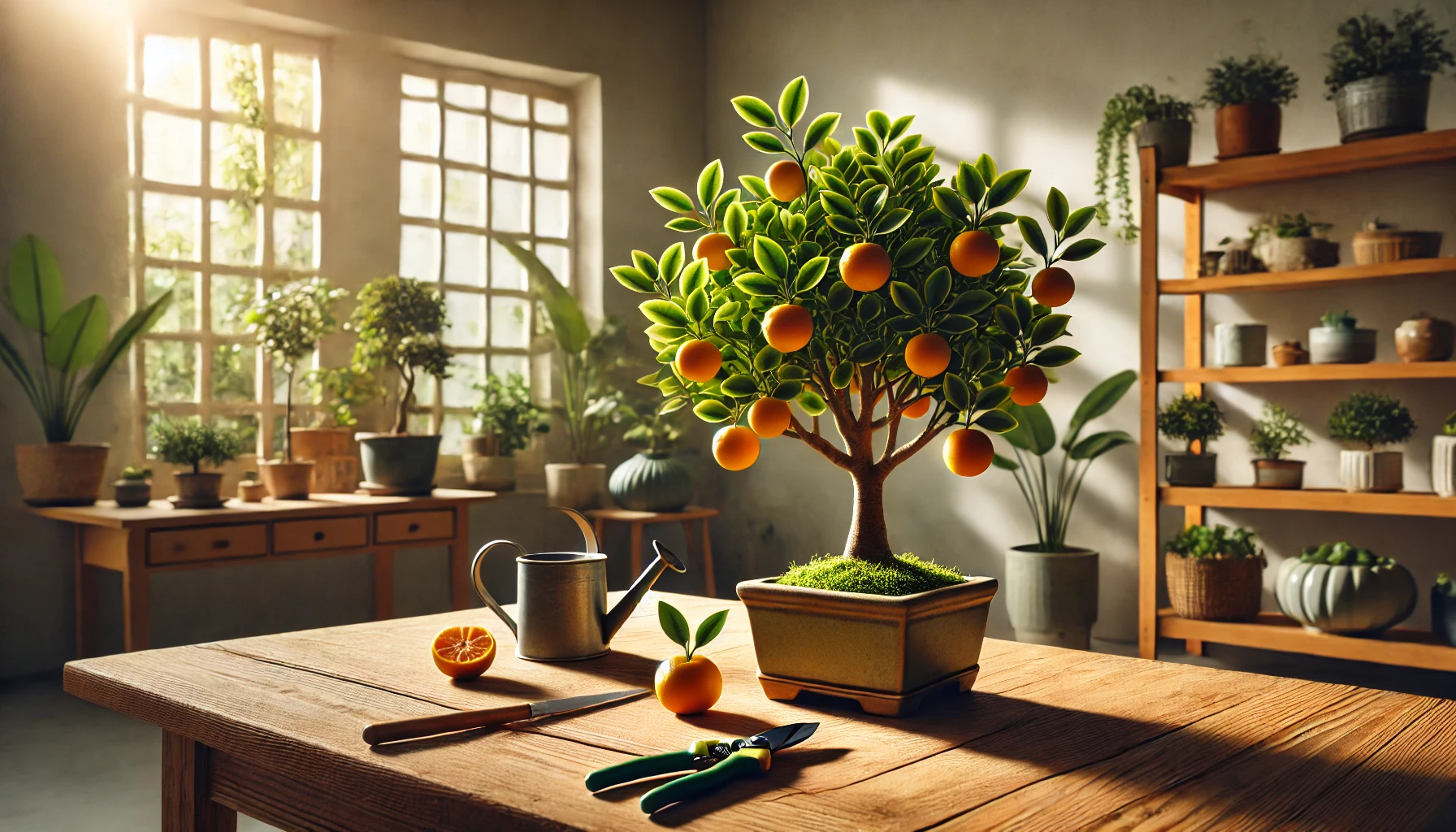Creating a fruiting bonsai is an art form that combines aesthetics with nature’s bounty. Selecting the right tree is the first and most critical step in this journey. This guide will walk you through the essential factors to consider when choosing the best tree for your fruiting bonsai project.
Understanding Fruiting Bonsai Basics
Fruiting bonsai trees are miniature trees designed to grow real fruits. Unlike traditional bonsai, where the focus is solely on form and foliage, fruiting bonsais add an extra layer of challenge and reward by producing edible fruits. However, not all tree species are suitable for this purpose.
Key characteristics of a good fruiting bonsai candidate:
- Small leaves or fruits for proportionate growth.
- Resilience to pruning and shaping.
- Compatibility with your local climate.
Factors to Consider When Choosing Your Tree
1. Tree Species
Some species are naturally better suited for bonsai cultivation, especially fruiting bonsais. Popular choices include:
- Citrus Trees: Lemon, lime, and orange bonsais are favorites for their vibrant fruits and fragrant blossoms.
- Ficus Trees: The fig bonsai is ideal for beginners due to its hardy nature.
- Pomegranate Trees: Known for their stunning flowers and miniature fruits.
- Apple Trees: Certain dwarf varieties can be cultivated as bonsai and produce small, adorable apples.
- Cherry Trees: Cherries add both ornamental value and a touch of sweetness.
2. Tree Size and Age
When selecting a tree, consider:
- Young saplings: These are easier to shape and train, making them ideal for beginners.
- Pre-bonsai trees: Already partially trained, they reduce the time required to achieve a mature bonsai appearance.
Opt for a tree with a strong, healthy trunk and visible root flare (nebari), as these are crucial for bonsai aesthetics.
3. Leaf and Fruit Size
Proportion is essential in bonsai art. Look for species with naturally small leaves and fruits to maintain the miniature effect. For example:
- Kumquat trees produce small, proportionate fruits.
- Miniature apple trees yield fruits that complement the bonsai’s size.
4. Local Climate Compatibility
Choose a tree species that thrives in your region. Tropical trees like citrus may struggle in colder climates unless you have a controlled indoor environment.
5. Tree Health
Ensure the tree is disease-free with:
- Healthy, vibrant foliage.
- Strong, pest-free roots.
- No signs of fungal infections or discoloration.
6. Growth Habits
Fast-growing species are ideal for beginners as they respond well to shaping and pruning. Examples include ficus and juniper trees.
Where to Source Your Tree
1. Local Nurseries
Local nurseries often have saplings suited to your region’s climate. Ask for advice on fruiting varieties that thrive in your area.
2. Specialty Bonsai Stores
These stores provide pre-bonsai trees, making it easier to start your bonsai journey with a partially trained tree.
3. Online Retailers
Reputable online nurseries can ship healthy, quality saplings to your doorstep. Ensure they specialize in bonsai or fruiting trees.
Preparing Your Tree for Bonsai Cultivation
Once you’ve selected your tree, you’ll need to:
- Prune roots and branches to prepare the tree for its new bonsai pot.
- Choose a suitable bonsai pot with proper drainage.
- Provide appropriate soil mix, typically a blend of akadama, pumice, and lava rock for optimal aeration and moisture retention.
Conclusion: Start Your Fruiting Bonsai Journey
Selecting the right tree for your fruiting bonsai is an exciting first step. By considering species, climate, size, and growth habits, you set the foundation for a thriving bonsai that’s both beautiful and fruitful. With patience and care, your tree will become a stunning centerpiece in your home or garden.

